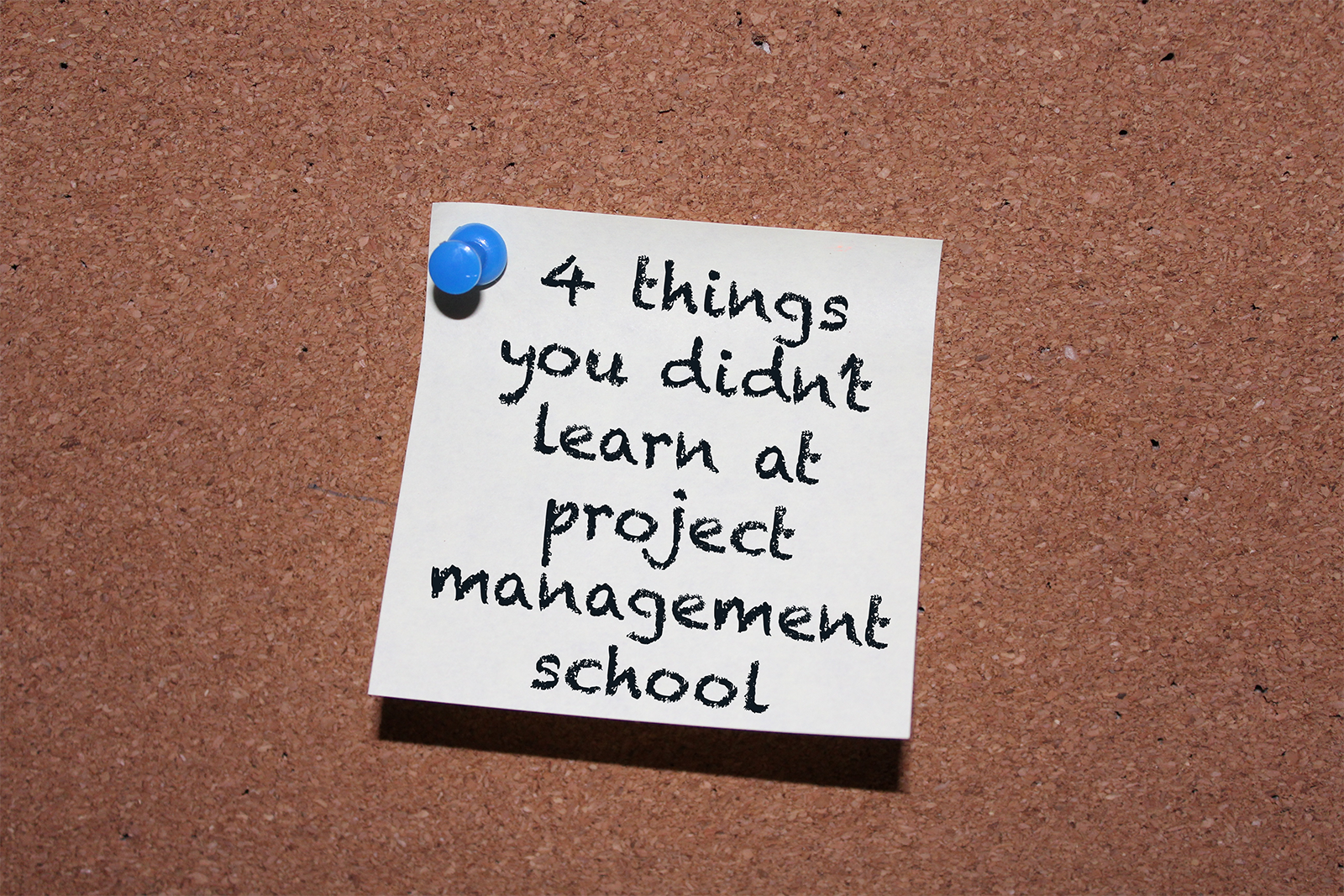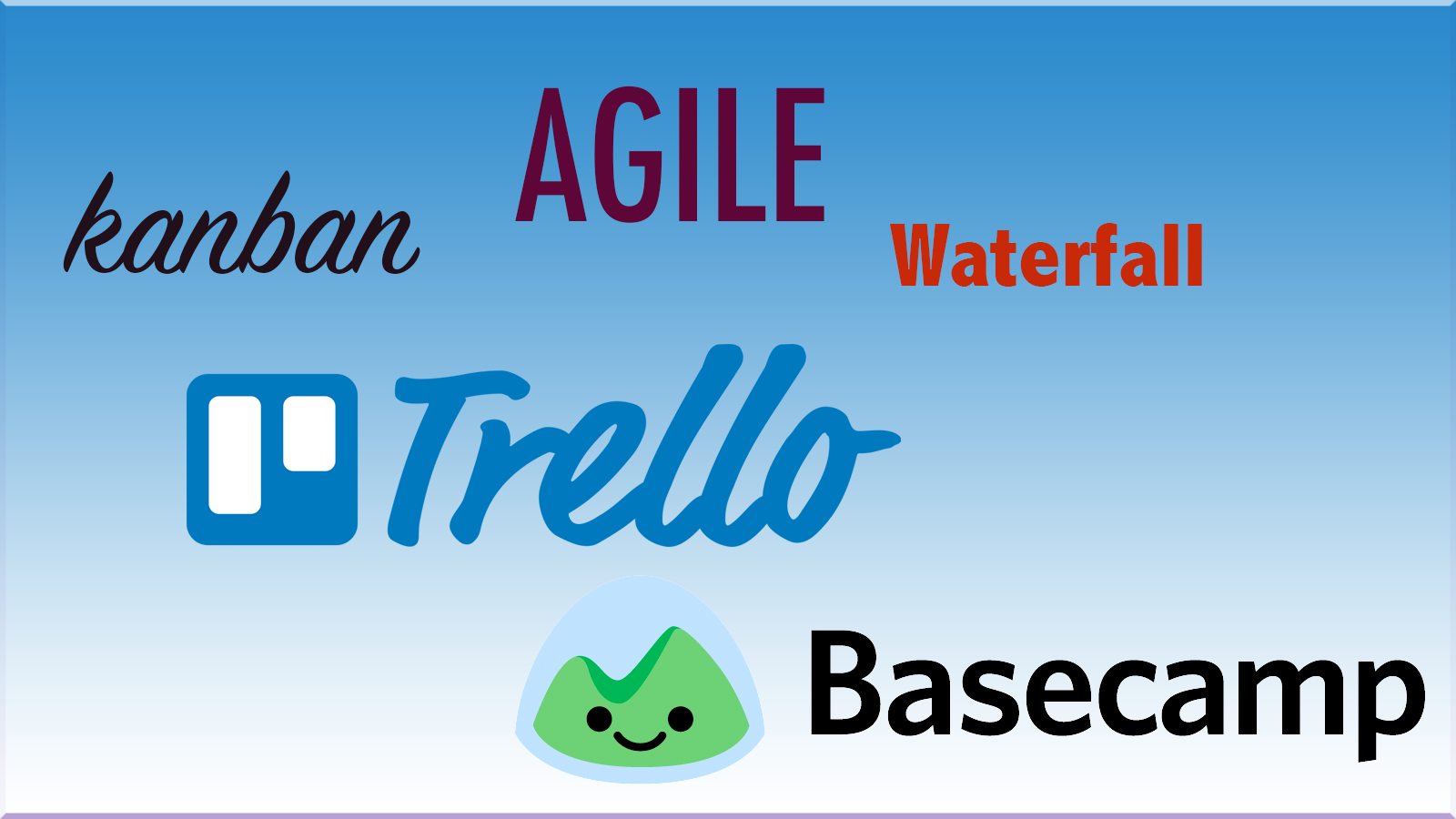4 Things You Didn’t Learn at Project Management School
Countless books, courses, seminars, and blog posts discuss project management methodologies and techniques.
We're always open to new ideas and refining our processes to better fit our team and clients. However, the soft skills of project management are as important as the methodologies to our success. Here's a few insights we’ve gleaned over the years of working with clients and projects.

Project fatigue is real and just as dangerous as scope creep. While we need to be realistic about how well a project is progressing, I think a good project manager is a staunch cheerleader for the team and the client.
If the team demonstrates weariness at the approach of a sprint (a set period of time during which specific work has to be completed and made ready for review), it’s time to dig deep and find the enthusiasm that everyone shared in the initial stages of the project--the reasons we were drawn to the project in the first place.
Genuine enthusiasm is contagious. When everyone else is tired of meetings, pushing to make the deadlines, writing content, or polishing the theme, be relentlessly buoyant about everyone’s contributions and good work and rally around the great things the team is building for the client. Tell people how you appreciate their work, treat them to doughnuts, make ‘em feel loved.

For project managers, it’s our job to hold the vision for the project and to be able to articulate the most important goals. As your team moves through a project and deeper into the details of design and development, the potential for complexity increases. Complexity becomes a Siren’s song luring your boat to deep dangerous waters filled with cost overruns, bloated features, and missed deadlines.
How to guide the team through perilous waters? Be the person who stays focused on the project priorities. As you review work in preparation for and during sprints, revisit the top goals, prioritized user stories, and desired outcomes for the project. Reiterate what’s important and what’s not for your team, and evaluate our development plans against priorities. Have the project “elevator speech” in your back pocket at all times. When the waters are muddied by complex tasks and decisions, your team and clients will appreciate your ability to articulate what is critical to success and what isn’t.
You have to back up that “can do” attitude with a way to track the the “do’s.” One of the most important things a PM brings to a project is the process and structure for getting all the things done.
Do you follow a methodology? Are you using some type of software to manage the beast? It may surprise you to read that 44% of project managers do not use project management software and 40% of PMs don’t follow a methodology. Without the structure provided by a methodology or tools, projects are at a higher risk for the things we dread: missing deadlines, going over budget, not achieving goals, and subpar quality.
We don't think one methodology is superior to all others. All PMs should find the one that best fits your team’s personality, and considers its strengths and weaknesses.
At Electric Citizen we follow a mashup of Agile ideals, a Kanban style board of user stories, and a splash of Waterfall. We also get a lot of mileage out of Trello (details here on how we use Trello internally) and Basecamp. It’s not perfect, and we're always looking to improve, but we are nimble, ready to focus on the next deliverable, and pretty good about delivering a lot of value to the client. Our tools and process help us do just that.
Minimally, your process and tools should help your team and your client succeed. To us this means:
- Providing a clear structure for tasks and their status so that no one has to guess about next steps
- Clearly articulating the path forward so that everyone, especially the client, can see the road to completion
- Facilitating rapid communication
Unfortunately, a structure only works if everyone embraces the project management process and tools, and this is true for both your team and the client. Make sure that everyone understands your process and knows how and when to use your tools. During the initiation phase of a project, orient your client to your process and tools. This allows you to set the pace for moving forward and address any concerns the client might have and secure a commitment to your tools.
As you move through the project, PMs need to be sticklers for structure, and nudge, push, or drag stray participants back to your tools. For example, some clients will be tempted to rely on email instead of your chosen collaboration tool or staff may not be diligent about updating the status of their task. Be reasonable, but don’t let people stray. The Death Star was destroyed by a team that “stayed on target,” and the same level of discipline will benefit your project.

Ain’t that the truth.
One of my very first managers gave me this piece of advice, and it has served me well in professional and personal relationships. If something is heading south, address it quickly. Don’t let part of the bad news be, “I should have mentioned this sooner.”
-
If scope or budget are becoming an issue, say it.
-
If schedules are slipping, say it.
-
If you screwed up, say it.
Ideally, immediately present your client with a solution, options, or a path forward to remedy whatever is going awry. This is reassuring to clients, especially if they are, even slightly, surprised by your bad news.
Project managers are ultimately people managers, and our soft skills are as important to our toolset as our techniques and spreadsheets. Keep this top-of-mind as you steer your project. If you have any insights or experience using interpersonal/communications skills to keep clients happy and the project rolling, please share in the comments below.


Join the Discussion +